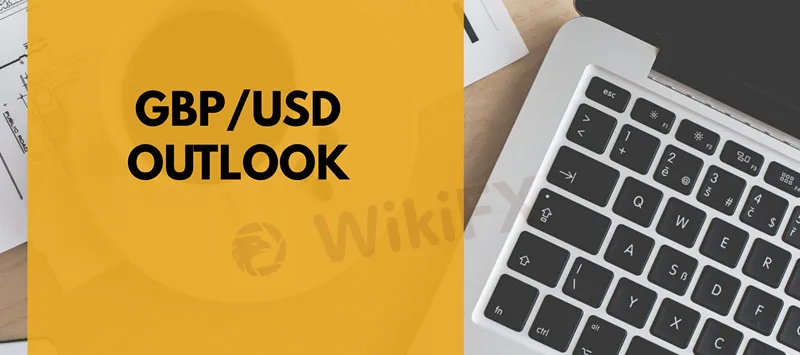简体中文
繁體中文
English
Pусский
日本語
ภาษาไทย
Tiếng Việt
Bahasa Indonesia
Español
हिन्दी
Filippiiniläinen
Français
Deutsch
Português
Türkçe
한국어
العربية
GBP/USD Outlook
Abstract:The GBP/USD pair tumbled to two-and-half-month lows on Thursday and was pressured by a combination of factors.

The GBP/USD pair tumbled to two-and-half-month lows on Thursday and was pressured by a combination of factors. The British pound witnessed some heavy selling after the Bank of England (BoE) Governor, Andrew Bailey said the BoE should not overreact to temporarily strong inflation to ensure that the recovery is not undermined by a premature tightening of the monetary policy. Bailey added that the BoE was prepared to respond with monetary policy tools if there are signs of more persistent inflationary pressure. This, along with worries about the spread of the more contagious Delta variant of the coronavirus, acted as a headwind for the sterling.
The pair was further weighed down by a downward revision of the UK Manufacturing PMI and a broad-based US dollar strength. The markets have been speculating that the Fed will tighten its monetary policy earlier if price pressures continue to intensify. Apart from this, a goodish pickup in the US Treasury bond yields and relatively positive economic data underpinned the greenback. The US Initial Jobless Claims dropped to 364K last week, marking the lowest reading in 15 months. Separately, the US ISM Manufacturing PMI fell short of market expectations and slipped to 60.6 in June, though was largely offset by the prices paid sub-component, which jumped to a record 92.1.
The pair dived to the lowest level since mid-April, albeit managed to find some support near mid-1.3700s and edged higher during the Asian session on Friday. The market focus remains glued to the US monthly jobs report, due later during the early North American session. The headline NFP is anticipated to show that the US economy added 690K new jobs in June and the jobless rate edged lower to 5.7% from 5.8% previous. The closely watched report could influence the Fed's policy outlook and play a key role in driving the USD in the near term. This, in turn, should help investors to determine the next leg of a directional move for the major.
Short-term technical outlook
From a technical perspective, the overnight sustained break below the 1.3800 mark might be seen as a fresh trigger for bearish traders and has set the stage for further weakness. The negative outlook is reinforced by the fact that technical indicators on the daily chart are holding deep in the bearish territory and are still far from being in the oversold zone. Hence, a subsequent decline towards the 1.3700 mark, en-route the next major support near the 1.3670-65 horizontal zone, remains a distinct possibility.
On the flip side, any attempted recovery back towards the 1.3800 mark might now be seen as a selling opportunity. This, in turn, should cap the upside near the 1.3825-30 horizontal resistance. The next relevant hurdle is pegged near the 1.3865-70 region, which if cleared decisively will negate any near-term negative bias and prompt some aggressive short-covering move. The pair might then climb further beyond the 1.3900 mark, towards the 1.3960 resistance zone. Bulls might eventually aim to retest a strong confluence support breakpoint, around the key 1.4000 psychological mark.
Stay tuned on WikiFX!

Disclaimer:
The views in this article only represent the author's personal views, and do not constitute investment advice on this platform. This platform does not guarantee the accuracy, completeness and timeliness of the information in the article, and will not be liable for any loss caused by the use of or reliance on the information in the article.
Read more

GBP/USD Analysis
On Wednesday, November 17, we expect movement inside the channel, limited by the levels of 1.3346 and 1.3508.

How to trade GBP/USD on November 10?
Today the GBP/USD pair downward trend continues. Therefore, in case of overcoming the level of 1.3517, the downward movement may continue with the next target of 1.3424.

GBP/USD FORECAST
The British Pound marked a third consecutive weekly decline against the US Dollarthis week with GBP/USD nearly 0.5% to trade at 1.3671 ahead of the close of US trade on Friday.

GBP/USD Price Analysis
GBP/USD remains on the back foot around monthly low. Downside break of two-month-old support, bearish MACD favor sellers. 200-day EMA adds to the upside filters, 61.8% Fibonacci retracement offers extra support.
WikiFX Broker
Latest News
Saxo & Portuguese Bank Partnership
SEC Fines Broker-Dealers $275K for Incomplete SAR Filings
Elon Musk Warns of Imminent US Bankruptcy | Bitcoin Retreats from $100K
WikiEXPO Global Expert Interview: Advanced Practices and Insights in Financial Regulation
Justin Sun Invests $30M in Trump-Backed World Liberty Financial
Kraken Closes NFT Marketplace Amid New Product Focus
Robinhood Launches Ethereum Staking with 100% Rewards Match
Lured by False Promises: Malaysian Driver Lost RM218K to an Investment Scam
FTX Sets March 2025 Timeline for Creditor Payouts: What It Means for Investors
What is an Economic Calendar? How it works
Currency Calculator


